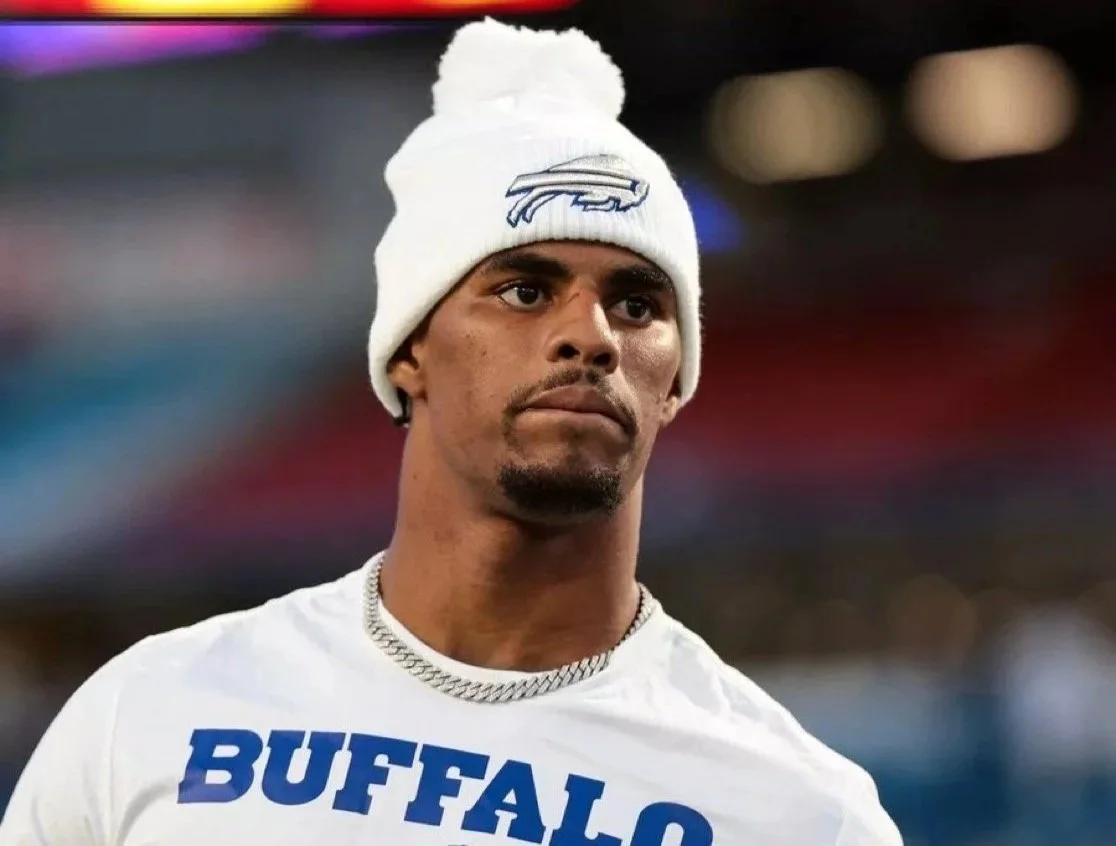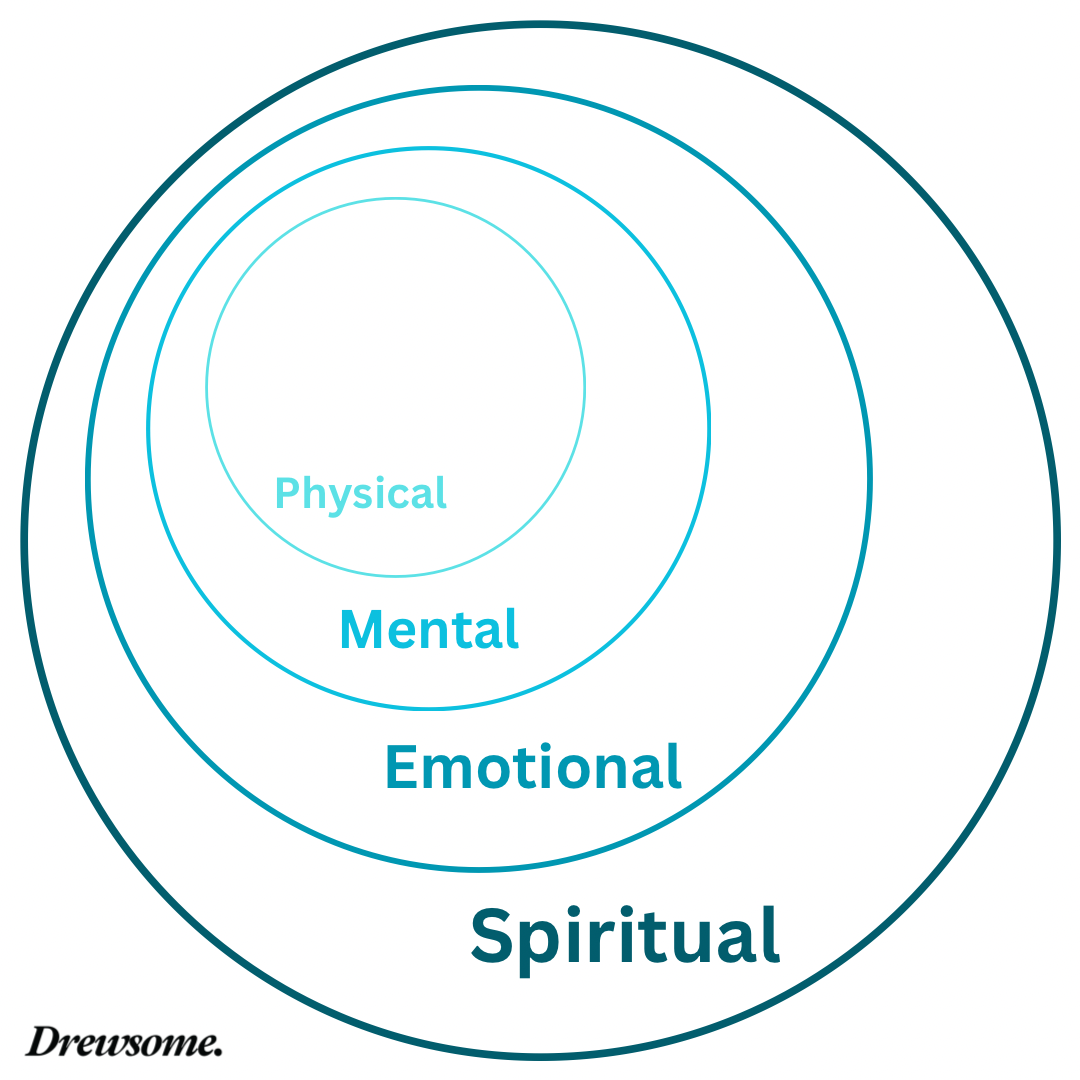Keon Coleman: The Hidden Cost of Physical Talent.
Keon Coleman’s recent benchings aren’t about talent—they’re about the hidden gaps that physical training alone can’t fix. The NFL continues to draft athletes for their measurables while overlooking the mental, emotional, and spiritual development required to sustain performance. Coleman’s situation exposes a structural blind spot: teams expect physical gifts to compensate for deeper developmental needs. But without integrated support systems, those gaps don’t shrink—they widen. His story is a reminder that elite performance is built in four dimensions, not one. Until organizations evolve, players like Coleman won’t be exceptions—they’ll be symptoms of an increasingly common issue.
A Common Case of Development Gaps
Keon Coleman is a case study in the hidden cost of physical talent.
In the high-stakes world of the NFL, raw physical talent is a golden ticket. But for the Buffalo Bills wide receiver—a 2024 first-round pick out of Florida State, celebrated for his 6'4" frame, explosive contested catches, and touchdown-grabbing flair—that ticket is starting to look counterfeit.
Last week, Coleman was a healthy scratch for the third time in his young career, sidelined not for dropped passes or route-running woes, but for showing up late to a team meeting. This wasn’t a one-off lapse; it's the latest in a pattern of disciplinary hiccups. Earlier today, the team announced he won’t be playing tonight either.
At 22, Coleman’s physical gifts scream superstar potential, but his off-field antics are turning heads for all the wrong reasons. His story isn't just a cautionary tale of youthful indiscretion; it's a stark exhibit of how over-reliance on physical prowess creates blind spots that can derail even the most promising careers.
In an era where the NFL drafts for upside, prioritizing measurable athleticism over holistic readiness, the league is increasingly haunted by players who arrive as physical marvels but falter in the unquantifiable realms of discipline and growth.
Elite performance isn’t linear; it's a multidimensional ecosystem, where physical training is just the entry point. When done right, athlete development unfolds across four interconnected layers: physical, mental, emotional, and spiritual. Think of them not as equal pillars, but as concentric circles, each encompassing and amplifying the one before it. Physical sits at the center—the smallest circle—honing things like speed, stamina, flexibility, and prowess. Mental builds around it with clarity, focus, and sound decision-making. Emotional expands further with nervous system regulation and trauma-informed care. And spiritual forms the widest ring—building the sense of purpose, grounding, identity, and values that frame everything else.
These circles aren't weighted equally because their impact scales exponentially. Neglect the outer rings, and the inner ones erode. A physically dominant player who unravels mentally, lashes out emotionally, and loses his spiritual north can’t contribute. Coleman’s case is Exhibit A—his benchings aren’t punishing talent; they’re exposing a developmental chasm that physical scouts overlooked or ignored.
And here’s the uncomfortable truth the NFL must confront: drafting players like Coleman—high-ceiling athletes with glaring non-physical gaps—isn’t just risky; it’s a structural liability in an industry still playing catch-up on holistic development. The league’s scouting apparatus is a marvel of data and tape, but it often treats “character concerns” as footnotes. Yet when those kids arrive in pads, the burden falls on under-resourced staffs to play catch-up.
Buffalo’s decision to bench Coleman speaks to a coaching philosophy that values discipline. But how many teams lack the bandwidth—or the expertise—to address deeper issues in-house?
The elephant stomping through draft rooms is that without integrated support systems and a dynamic development team, these gaps don’t self-correct; they compound.
This isn’t a eulogy for Keon Coleman’s career. He isn’t a lost cause—not even close. He’s a young athlete with real gifts and real heart who, right now, simply doesn’t have access to the kind of holistic support his development actually requires. He doesn’t need more routes on air or more sprints after practice. He needs someone who understands the outer rings of performance—the mental, emotional, and spiritual scaffolding that allows talent to mature instead of fracture.
Physical talent opens the door. The other dimensions determine who stays on the field.
And until the NFL evolves its development model, Keon Coleman won’t be the exception—he’ll be the norm.
—
Want to unlock that sustained edge for yourself or your team? Reach out. Somatic training is the development paradigm missing in most training efforts across sports today.
Metta,
Drewsome.


